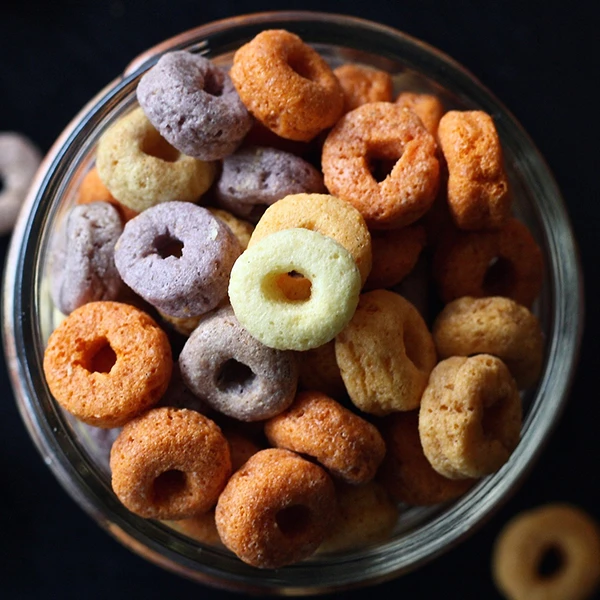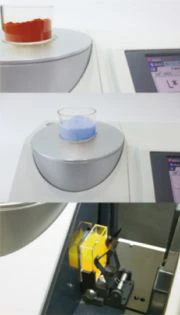Measuring Natural Food Colorants

Color influences consumers taste perception and acceptance which is why, colorants or color additives is often added into foods to make them look appetizing. They can also be found in non-food applications such as pharmaceuticals and cosmetics. Food colorants are divided into two groups, namely, artificial and natural.
As more consumers are expressing concerns over artificial colorants in food, manufacturers are looking to replace artificial colorants with natural colorants. However, natural colorants, which generally derive from fruits and vegetables, tend to be less vibrant and expensive. It requires a higher dosage than artificial colorants to achieve similar shade which increases production costs.
Excessive dosage can also mask the desired aroma and flavor of foods with their own. In order to retain the desired color without excessively using natural colorants, a color measuring instrument would be helpful.
Natural food colorants comes in various forms such as powders, liquids or pastes. Each form requires a specific measuring mode, either reflectance or transmittance, to achieve accurate and repeatable color data.
Color measuring instrument like Konica Minolta Spectrophotometer CM-5, capable of measuring both reflectance and transmittance, provides a cost-effective solution for manufacturers to reformulate their color recipe. A wide variety of accessories are also available to help manufacturers conduct color measurement with ease.
Watch this video to learn about how the CM-5 makes color measurement easy.
To learn more about measuring natural food colorants, you can write to us or contact us at 6563 5533 for a free consultation.

